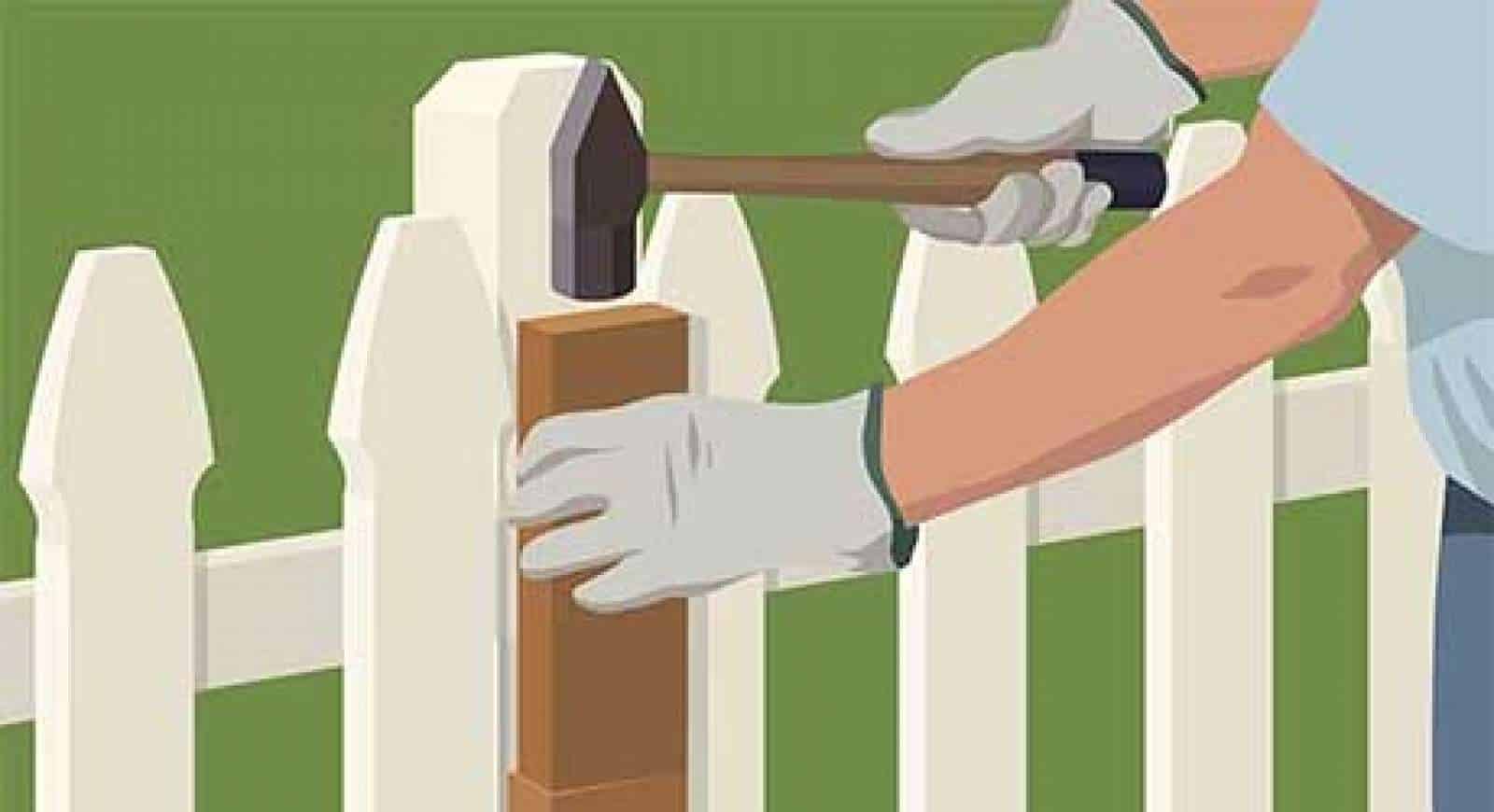If you’ve lived in the West for very long, you’ve probably heard the saying “good fences make good neighbors.” However, this can only be true when the fences are based on a good survey. Folks often assume that the “natural” or “physical” boundaries of their property are the legal boundaries, e.g., that the existing fence lies on the lot line or that the old tree line is the edge of the property.
This summer a case before the South Dakota Supreme Court confirmed that those assumptions can be wrong. In Lammers v. S.D. Game, Fish & Parks, a property owner (Lammers) assumed that a fence and tree line was the legal boundary to his property and it had been treated as such for over 50 years. Lammers v. S.D. Game, Fish & Parks, 2019 S.D. 44, 932 N.W.2d 129. When his neighbor, which happened to be South Dakota Department of Game, Fish & Parks, surveyed the property as a part of a fence replacement project, both neighbors learned that the fence was in fact, in the middle, over 100 feet off the actual legal boundary line between the properties. While the corners of the fence were accurate, the “fence line” wasn’t straight – drifting to the east in the center – and the result was a difference in over three acres for this sizable property.
The end result in this case turned on the fact that the “neighbor” was a governmental entity, S.D. Dept. of Game, Fish & Parks, and the South Dakota Constitution provides that public land cannot be adversely possessed:
Article VIII, section 10 of the South Dakota Constitution provides that “[n]o claim to any public lands by any trespasser thereon by reason of occupancy, cultivation or improvement thereof, shall ever be recognized; nor shall compensation ever be made on account of any improvements made by such trespasser.” Based on a plain reading of this constitutional provision, a citizen may not take land from the State through adverse possession.
Lammers, 2019 S.D. 44, ¶20. The fence line was moved to the legal boundary and Lammers’ claim against his neighbor was unsuccessful. If the neighbor had been a private party, the case could have had a different result, but would likely have involved lengthy and fact-intensive litigation over the historic use of the property to determine if a claim of adverse possession could prevail.
For purchasers of real property, the takeaway is – get a survey before you buy! Confirm where the legal boundaries are and where the improvements on the property lie in relation to those boundaries before the purchase is closed by having a survey done by a competent licensed surveyor. The investment in the cost of the survey is worth the peace of mind and certainly costs less than drawn-out litigation with your neighbor.
